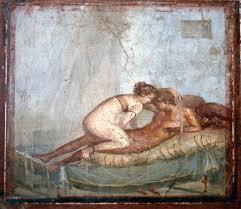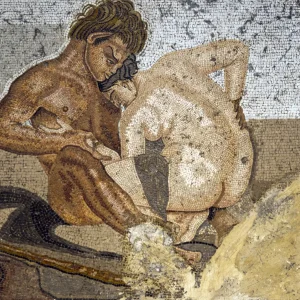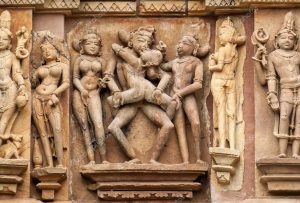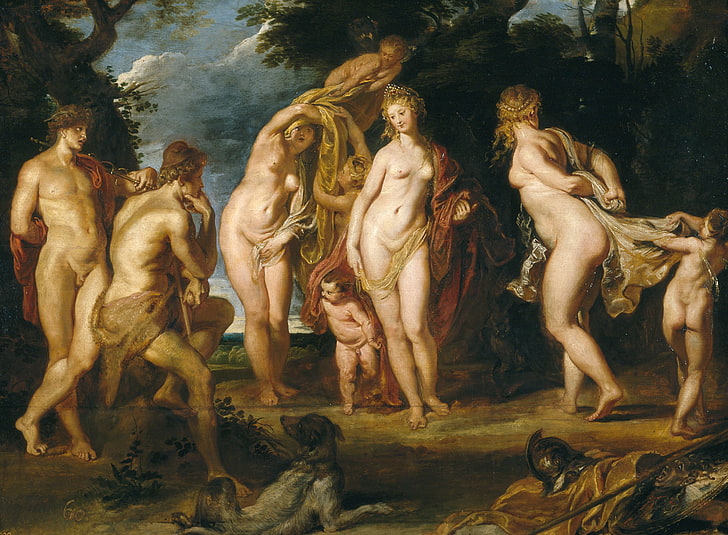Lust Through the Ages: Erotic Tales From Ancient Civilizations
Eroticism is as old as humanity itself. Long before modern societies debated morality, ancient civilizations embraced desire as part of their cultural, spiritual, and social fabric. From temple rituals to sensual festivals, stories of passion were carved into stone, sung in poems, and passed down through generations.
To understand today’s fascination with intimacy and lust, one must look back at how the ancients lived—where erotic expression was not hidden, but celebrated.
Page Contents
Greece: The Theater of Desire
 In ancient Greece, passion was divine. The goddess Aphrodite symbolized beauty, seduction, and fertility, inspiring not just worship but also sensual practices. Lovers sought her blessings in temples, where intimacy was considered an offering to the goddess herself.
In ancient Greece, passion was divine. The goddess Aphrodite symbolized beauty, seduction, and fertility, inspiring not just worship but also sensual practices. Lovers sought her blessings in temples, where intimacy was considered an offering to the goddess herself.
Greek literature, from Sappho’s erotic poems on the island of Lesbos to the vivid symposium tales of Plato’s contemporaries, celebrated the body and the ecstasy it could bring. Erotic art decorated pottery, showing lovers entwined, and theater performances often wove sexual humor into plays.
For the Greeks, lust was not taboo—it was woven into philosophy, worship, and daily life.
Egypt: Secrets of the Nile
 Ancient Egypt hid its erotic stories in papyri and carvings. One of the most famous, the Turin Erotic Papyrus, depicts exaggerated sexual encounters in detail, showing how humor and passion intertwined in Egyptian society.
Ancient Egypt hid its erotic stories in papyri and carvings. One of the most famous, the Turin Erotic Papyrus, depicts exaggerated sexual encounters in detail, showing how humor and passion intertwined in Egyptian society.
Erotic rituals were tied to fertility and renewal. During festivals of Hathor, goddess of love and music, men and women mingled freely in dance and drink, celebrating the pleasures of both body and spirit.
Even royal courts embraced sensuality. Pharaohs were known for their harems, but also for the symbolic link between sexual potency and political power. To rule effectively was, in many ways, to embody virility.
Rome: The Empire of Excess
 If Greece was about philosophy and Egypt about ritual, Rome was about indulgence. Roman villas were decorated with erotic frescoes, especially in Pompeii, where wall paintings depicted every imaginable act of passion.
If Greece was about philosophy and Egypt about ritual, Rome was about indulgence. Roman villas were decorated with erotic frescoes, especially in Pompeii, where wall paintings depicted every imaginable act of passion.
Romans believed pleasure was part of life’s abundance. Banquets often ended with sensual entertainments, while courtesans held powerful social influence. Temples to Venus, Rome’s goddess of love, served not just as places of prayer but as spaces where intimacy blurred with spirituality.
Erotic literature, like Ovid’s Ars Amatoria (The Art of Love), offered detailed guides on seduction, kissing, and the arts of pleasure—echoes of which remain in dating advice thousands of years later.
India: The Art of Erotic Knowledge
 No survey of ancient eroticism would be complete without India’s Kama Sutra. More than a manual of positions, it was a philosophical text teaching that sexual pleasure is one of life’s key goals (kama), alongside duty (dharma) and prosperity (artha).
No survey of ancient eroticism would be complete without India’s Kama Sutra. More than a manual of positions, it was a philosophical text teaching that sexual pleasure is one of life’s key goals (kama), alongside duty (dharma) and prosperity (artha).
Temples in Khajuraho still stand as monuments to this worldview. Carvings of intertwined lovers on their walls depict eroticism not as sinful but as sacred—an expression of the divine through union.
For the ancients of India, intimacy was not just physical, but spiritual—a path toward self-awareness and harmony with the universe.
Why Ancient Eroticism Still Captivates
From Greek poetry to Egyptian papyri, Roman frescoes to Indian temples, ancient erotic stories endure because they reveal timeless truths about human desire. They show that lust was never merely about flesh—it was art, ritual, and philosophy.
Today, these stories fascinate us because they break the illusion that modern society invented erotic freedom. Instead, they remind us that across centuries and cultures, passion has always been a vital part of life.
Explore More
While the ancients told their erotic stories in temples and scrolls, modern exploration takes different forms. For readers curious to explore desire in today’s world, here are links worth visiting:
- https://www.exotickenya.com/escorts-from/nairobi-escorts/
- https://www.exotickenya.com/escorts-from/mombasa/
These resources continue the age-old tradition of seeking pleasure, intimacy, and connection—proving that lust, in all its forms, remains eternal.
 879
879







